pics of ladybugs eating aphids
mikeytitan
14 years ago
Related Stories

SPRING GARDENINGSummer Crops: How to Grow Strawberries
Pluck your own sweet strawberries right from the garden vine for smoothies, salads or eating then and there
Full Story
GARDENING GUIDESGreat Design Plant: Rosa Banksiae a Low-Maintenance Beauty
This thornless, disease- and insect-resistant rose brings showers of white or yellow flowers to the spring garden
Full Story
GARDENING GUIDES6 Wonderfully Easy Roses for Any Gardener
Look like an expert even if you're just starting out, with these low-maintenance gems of the rose world
Full Story
GARDENING GUIDESAttract Hummingbirds and Bees With These Beautiful Summer Flowers
Roll out a welcome mat for pollinators to keep your landscape in balance and thriving
Full Story
EDIBLE GARDENSGarden BFFs? Why Your Vegetables Are Begging for Companion Plants
Foster friendships among plants for protection from pests, pollination support and color camaraderie
Full Story
WINTER GARDENINGPruning Secrets for Exquisite Roses
Encourage gorgeous blooms year after year with this time-tested advice on how to prune your rosebush in winter for health and shape
Full Story
GARDENING AND LANDSCAPINGBid Bad Garden Bugs Goodbye and Usher In the Good
Give ants their marching orders and send mosquitoes moseying, while creating a garden that draws pollinators and helpful eaters
Full Story
GARDENING GUIDESGreat Design Plant: Butterfly Milkweed, a Beacon in the Prairie
Vivacious orange flowers for you, nectar for the butterflies and bees. Asclepias tuberosa is worth planting for more reasons than one
Full Story
GRASSES10 Ways to Use Ornamental Grasses in the Landscape
These low-maintenance plants can add beauty, texture and privacy to any size garden
Full Story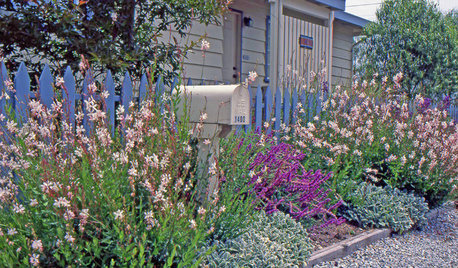
GARDENING GUIDESGreat Design Plant: Gaura Lindheimeri
Delicate, butterfly-shaped flowers ‘float’ above the foliage of this lovely, drought-tolerant perennial
Full StorySponsored
Columbus Area's Luxury Design Build Firm | 17x Best of Houzz Winner!
More Discussions







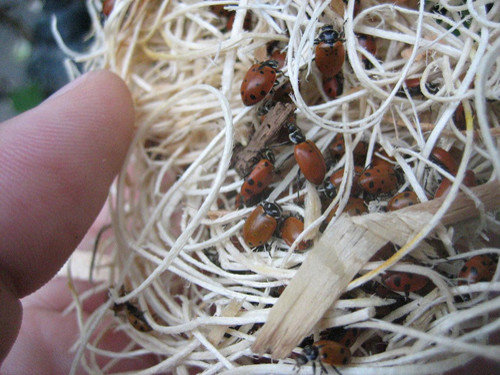
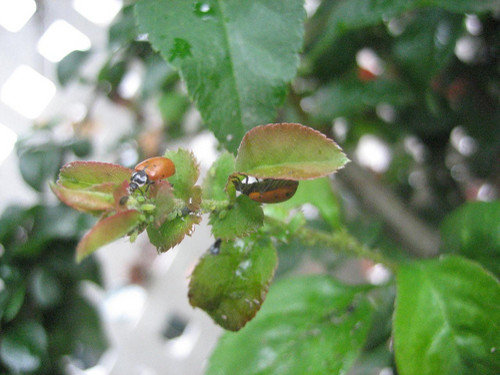
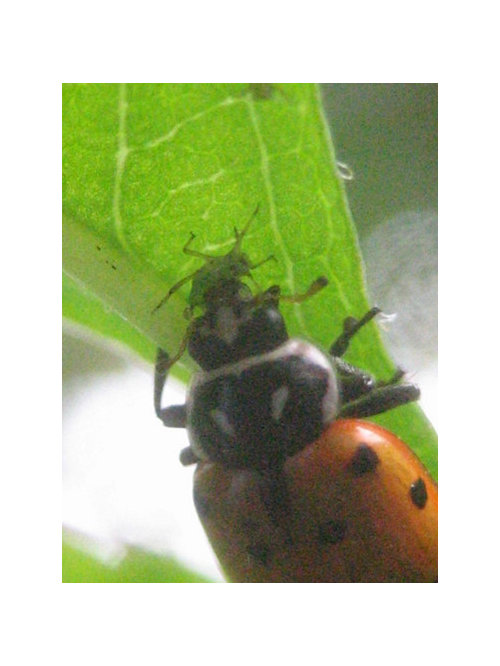
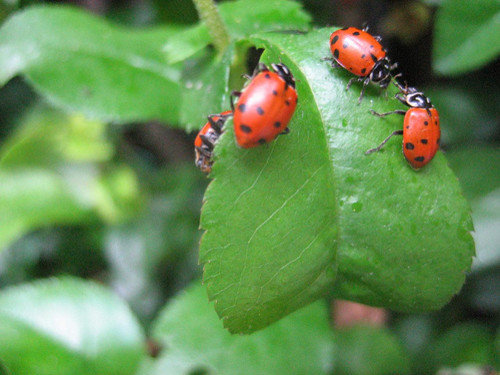

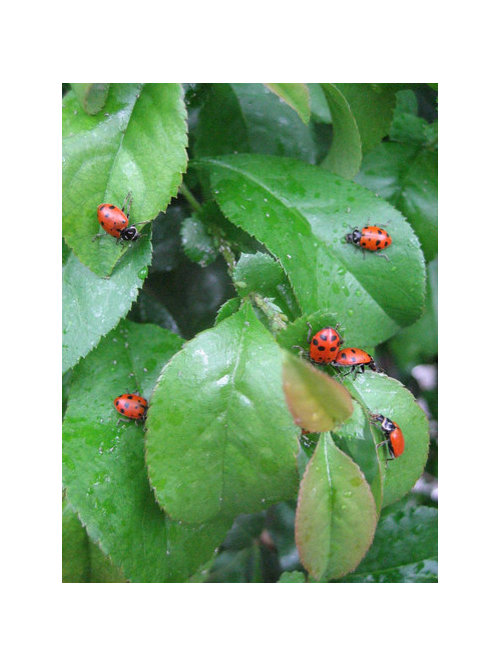



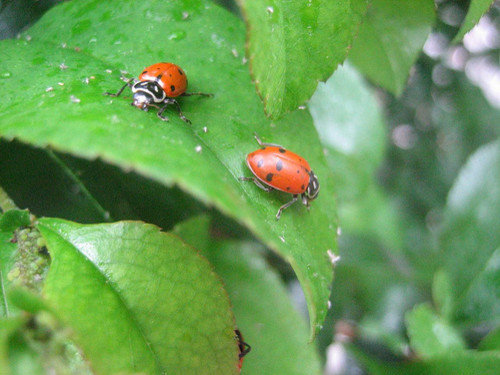

rhizo_1 (North AL) zone 7
Karen Pease
Related Professionals
East Rancho Dominguez Landscape Architects & Landscape Designers · Lyons Landscape Architects & Landscape Designers · Brooklyn Center Landscape Architects & Landscape Designers · Springfield Landscape Contractors · Broomfield Landscape Contractors · Chattanooga Landscape Contractors · Emmaus Landscape Contractors · Mount Kisco Landscape Contractors · New Cassel Landscape Contractors · Placerville Landscape Contractors · Ramsey Landscape Contractors · Tavares Landscape Contractors · College Station Swimming Pool Builders · Midwest City Swimming Pool Builders · San Lorenzo Swimming Pool BuildersmikeytitanOriginal Author
Karen Pease
mikeytitanOriginal Author
Karen Pease
mikeytitanOriginal Author
breenthumb
takadi
micah_cnc
rhizo_1 (North AL) zone 7
lazy_gardens
mikeytitanOriginal Author